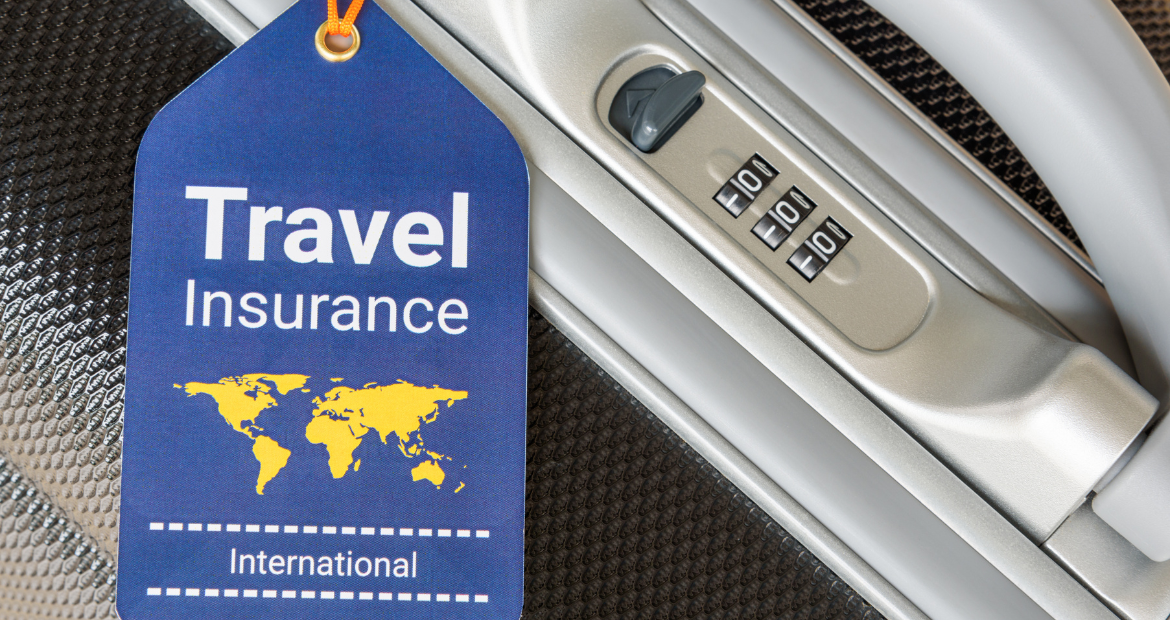travel insurance concept
Travel is one of life’s finest pleasures—be it a long-planned holiday, an impromptu weekend escape, or a crucial business trip. However, for someone with pre-existing medical conditions, trip planning may be more than merely reserving flights and packing luggage. Knowing how to deal with pre-existing conditions through travel insurance is essential in safeguarding your health and wallet while traveling abroad.
In this guide, we’ll demystify how travel insurance handles pre-existing conditions differently, what kind of coverage is generally available, and how to read the fine print so you can hit the road with peace of mind.
What is a Pre-Existing Medical Condition?
A pre-existing medical condition is generally termed as any disease, injury, or health problem you had prior to the effective start date of your travel insurance policy. This may encompass ongoing diseases such as diabetes or asthma, new surgeries, current treatments, or even such a common condition as high blood pressure. Each insurance provider might use a slightly varied description, but generally speaking, if you were diagnosed, treated, or showed signs of a condition prior to when your cover began, it is considered to fall under the “pre-existing” umbrella.
Why Travel Insurance Treats These Conditions Disparately
Insurers put a premium on risk when they provide coverage. Statistically, in their book, a person with a pre-existing condition will make a medical claim while away. Due to the increased risk, travel insurance companies tend to:
Exclude pre-existing conditions entirely:
- Charge extra premiums to cover them
- Demand documentation or medical clearance
- Provide limited benefits under certain conditions
This doesn’t imply you cannot obtain coverage, just that you must understand how it works.
Typical Exclusions You Need to Be Aware Of
Most regular travel insurance policies do not cover medical treatment for pre-existing conditions unless specific conditions are fulfilled. The most typical exclusions are:
- No coverage if your condition becomes worse while traveling.
- Emergency treatment is excluded if associated with your current illness.
- Routine care or prescriptions are not covered.
- Cancellation for sickness may not be covered.
These exclusions point out the reason it’s crucial to read over the policy terms and not simply take a guess that it all will be covered.
When Are Pre-Existing Conditions Covered?
Fortunately, several insurers provide pre-existing condition waivers, particularly when you satisfy certain requirements. This waiver will eliminate the exclusion and make your policy cover any medical condition connected with your condition. This is what insurers generally need to provide this waiver:
- Purchase the policy shortly after your first trip payment (within 14–21 days).
- Be medically sound at the time of purchasing insurance.
- Cover the complete expense of your trip.
- Buy a comprehensive plan—not minimal coverage.
These waivers are a godsend for individuals with medical conditions. It’s all about timing and honesty.
Key Terms to Know
Prior to signing any travel insurance contract, get to know the following terms:
- Look-Back Period: This is the period (usually 60 to 180 days) when the insurer examines your medical history to see if a condition is deemed “pre-existing.”
- Stability Clause: Certain policies stipulate that your condition must be stable (no variation in treatment or symptoms) for a certain time prior to traveling.
- Medically Fit to Travel: Insurers might even provide coverage despite a pre-existing condition if you are stable at present and not in the process of undergoing testing or a change in treatment.

Travel insurance tag is hung near a numeric combination lock.
Special Considerations for Seniors
Seniors tend to have more complicated health histories, so it’s important to work with an insurance company that specializes in travel insurance for seniors. There are some plans designed especially for seniors and potentially include wider definitions, simpler access to waivers, and larger medical limits. It’s also wise to compare policies side by side and look at customer opinions. A cheaper premium isn’t necessarily better value if it results in denied claims.
What Happens in a Medical Emergency Abroad?
If you have a medical emergency overseas and your condition is not included because it exists before, you might be held responsible for hospital charges, medication, and even medevac, which can range from tens of thousands of dollars.
Alternatively, if you obtained a waiver or opted for coverage that has your condition, the insurance provider will normally
- Pay for hospitalization and medical care
- Arrange for transportation to a better facility if needed
- Coordinate payment directly with medical providers
- Offer 24/7 assistance to help you navigate foreign healthcare systems
This can make a world of difference, especially in countries where medical care is expensive or difficult to access.
How to Choose the Right Plan
Choosing the right travel insurance plan when you have a pre-existing condition involves more than just clicking “buy now.” Follow these tips:
- Compare multiple providers. Not all insurers handle pre-existing conditions the same way.
- Read the policy documents. Pay attention to definitions and exclusions, and look at look-back periods.
- Ask questions. Don’t hesitate to contact customer support for clarification.
- Consult your doctor. Ask whether you’re considered medically stable and fit to travel.
- Document everything. Keep medical records, prescriptions, and proof of stability in case a claim is needed.
Real-Life Scenario
Suppose that you have a heart condition, which is well managed with medications. You take a trip to Europe and purchase travel insurance with a pre-existing condition waiver within 10 days. While on your trip, you develop chest pain and get hospitalized. Since you were medically stable and purchased insurance in the permitted time frame, your bill from the hospital, treatment, and even your early flight back home can be paid for. Now picture the same situation without a waiver. You might have to pay out-of-pocket for everything—even if the condition was well controlled. That’s a risk not worth taking.
Conclusion
Traveling with a pre-existing medical condition doesn’t mean you have to put safety or peace of mind on the backburner. With proper planning and insurance policy, you can have a great time knowing you’re covered in case of any unexpected health problems. Always read the fine print, understand your needs, and act quickly to secure coverage that works for your condition. Remember, the key is timing, transparency, and choosing a plan that treats your health history with care and clarity.

 +18585990381
+18585990381





